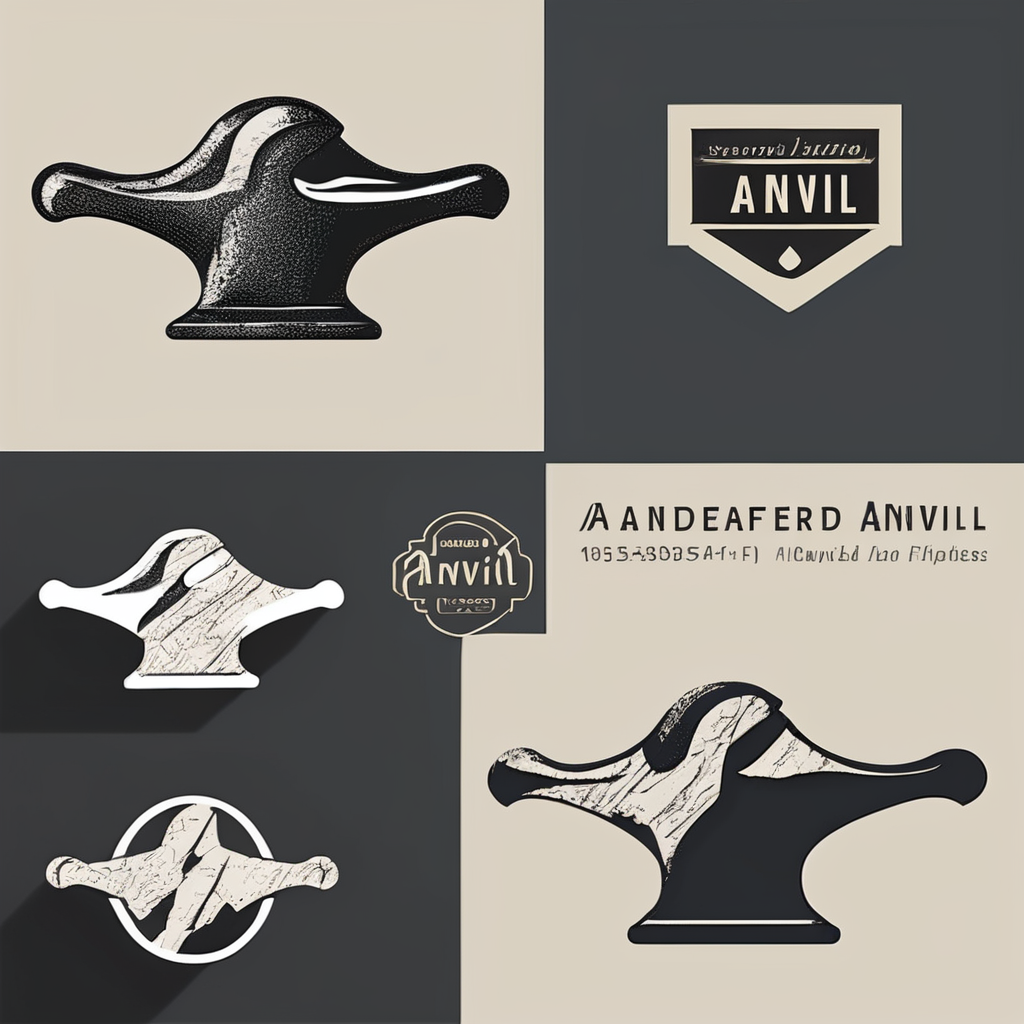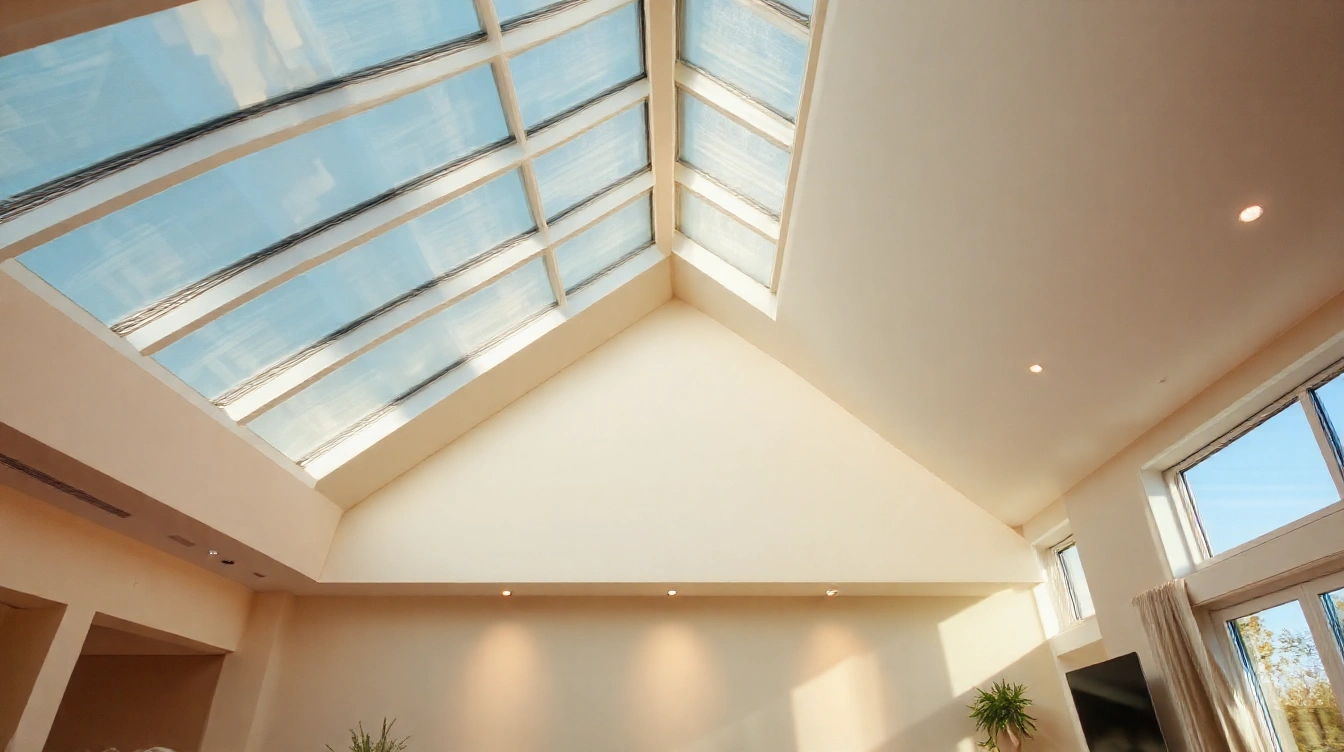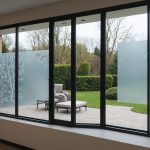Polycarbonate skylights transform interiors by flooding spaces with natural light, boosting mood and productivity. Their superior thermal efficiency reduces energy costs, while exceptional durability withstands harsh weather and impacts. Whether for homes, offices, or greenhouses, these skylights offer a practical, stylish solution to enhance any environment with lasting benefits tailored to diverse needs.
Key Benefits of Polycarbonate Skylights
Polycarbonate skylight advantages make them a remarkable choice for anyone seeking to enhance their living or working space. One of the most significant natural light benefits is how these skylights flood interiors with daylight, reducing the need for artificial lighting. This increased exposure to natural light has been shown to improve mood, productivity, and overall well-being. For areas that feel dark or confined, a polycarbonate skylight can transform the atmosphere by creating a bright, inviting environment.
Also read : Uncover the best low-care houseplants for enhancing indoor air quality in uk homes
Thermal efficiency is another critical advantage. Polycarbonate is known for its excellent insulating properties, which help maintain indoor temperatures by minimizing heat loss in winter and reducing heat gain in summer. This results in consistent climate control and meaningful energy savings on heating and cooling bills. Unlike traditional glass, which can lose warmth quickly, polycarbonate’s multiwall structure traps air to improve insulation dramatically.
Skylight durability is a major factor that sets polycarbonate apart. These materials provide superior impact resistance, making them highly resistant to hail, debris, and even attempts at breakage—qualities traditional glass skylights often lack. Furthermore, their strong weather durability ensures that polycarbonate skylights withstand harsh environmental conditions, such as UV exposure, rain, and wind, without yellowing or becoming brittle over time.
This might interest you : Transform your space with polycarbonate rooflights
For anyone considering long-term performance combined with aesthetic appeal, polycarbonate skylights offer a blend of skylight durability, energy efficiency, and enhanced daylighting that few alternatives can match. To explore further, consider looking into Robust Polycarbonate Rooflights for top-tier products designed to transform your space effectively.
Practical Applications of Polycarbonate Skylights
Polycarbonate skylights offer versatile options across various settings, making them a popular choice for anyone seeking residential skylight ideas. In homes, these robust rooflights enhance kitchens, bathrooms, and living areas by flooding spaces with natural light while providing excellent insulation and durability. Their lightweight nature and impact resistance ensure they withstand everyday wear without compromising safety or aesthetics.
In commercial environments, polycarbonate skylights serve as efficient commercial skylight solutions. Offices, retail spaces, and warehouses benefit from their ability to reduce energy bills through daylighting while maintaining temperature control. The material’s strength supports large spans, making it ideal for expansive rooftops where ample natural light boosts productivity and creates inviting atmospheres.
For greenhouse skylight applications, polycarbonate’s high light transmission paired with UV protection creates optimal conditions for plant growth. Garden rooms and greenhouses equipped with these skylights experience improved photosynthesis and temperature regulation, promoting healthier and faster-growing plants. This makes robust polycarbonate rooflights perfect for horticultural uses and indoor gardening enthusiasts aiming for year-round flourishing environments.
Whether transforming a cozy kitchen or a commercial facility, polycarbonate skylights combine durability, efficiency, and versatility, supporting a wide range of practical applications. Explore how these adaptable skylights can elevate natural lighting and functionality in your space by considering Robust Polycarbonate Rooflights.
Installation and Usage Guidance
Understanding skylight installation tips is crucial for successfully integrating polycarbonate skylights into your space. First, site selection and orientation determine how much natural light enters the room. Position the skylight where it receives maximum sunlight, typically facing south in the Northern Hemisphere, to optimize daylight without causing overheating.
When considering polycarbonate skylight DIY projects, preparation is key. Basic installation steps include measuring and cutting the roof opening accurately, ensuring the polycarbonate panel fits snugly. Use weatherproof seals around edges to prevent leaks and secure the skylight with appropriate fasteners to handle local weather conditions. Always wear safety gear and follow manufacturer instructions carefully to avoid damage.
Skylight placement also impacts ventilation and energy efficiency. Avoid areas prone to excessive debris or shading from nearby structures. In some cases, hiring professionals for installation is advisable, especially for steep or complex roof profiles. Professional installation guarantees compliance with building codes and ensures the skylight’s integrity over time.
For high-quality materials that simplify installation and enhance durability, consider using Robust Polycarbonate Rooflights designed for ease of fitting while providing excellent clarity and strength.
Visual Inspiration for Different Settings
When exploring polycarbonate skylight design, it’s essential to recognize how these installations transform diverse environments by enhancing natural light and style. In home interiors, modern skylight examples often feature sleek, minimal frames that blend seamlessly with ceilings, creating an airy atmosphere and reducing reliance on artificial lighting. These skylights serve not only as functional additions but also as focal points that elevate room aesthetics.
In office and retail spaces, skylight interior settings prioritize durability and light diffusion. Polycarbonate materials are favored here for their lightweight strength, impact resistance, and ability to disperse sunlight uniformly, which enhances employee productivity and showcases merchandise effectively. Retail locations often incorporate skylights to create inviting, well-lit atmospheres without compromising on energy efficiency.
Outdoor environments like greenhouses benefit immensely from robust polycarbonate rooflights, which provide essential UV protection while maximizing sunlight exposure for plants. Their clarity and weather resistance make them ideal for seasonal changes, supporting plant growth year-round. Designing skylights for these uses demands precise considerations of insulation and ventilation, ensuring optimal conditions are maintained.
Whether it’s residential, commercial, or horticultural, the adaptability of polycarbonate skylights is evident. Their application ranges widely, with modern skylight examples continually pushing creative boundaries in both form and function. For those interested in exploring more about these versatile installations, investigating Robust Polycarbonate Rooflights can offer further practical insights and inspiration.
Maintenance and Longevity of Polycarbonate Skylights
A practical guide to keeping your skylights pristine
Proper skylight maintenance is essential for ensuring that polycarbonate skylights remain durable and attractive over time. Routine cleaning is key to preserving their clarity and performance. To clean polycarbonate skylights effectively, use a soft cloth or sponge with warm water and a mild, non-abrasive detergent. Avoid harsh chemicals, abrasive pads, or ammonia-based cleaners, as these can damage the surface and accelerate aging.
Preventing yellowing and scratches is also critical. Yellowing often results from prolonged exposure to UV rays; however, most quality polycarbonate skylights come with UV-resistant coatings that significantly reduce discoloration. To avoid scratches, never use abrasive materials during cleaning, and remove dirt and debris gently. Regular inspection for minor damages can help address issues before they worsen.
Regarding longevity, polycarbonate skylights are designed to be long-lasting skylights with typical lifespans ranging from 10 to 20 years, depending on installation quality and exposure. Many manufacturers offer warranties that cover UV degradation and physical defects for up to a decade, underscoring their confidence in the material’s durability. By adhering to recommended skylight maintenance schedules and protection guidelines, homeowners can maximize the lifespan and aesthetic appeal of their polycarbonate skylights.
For those interested in enhancing their spaces with tried-and-tested materials, exploring Robust Polycarbonate Rooflights provides a reliable option that combines strength, clarity, and ease of upkeep.
Comparing Polycarbonate Skylights to Alternative Materials
When deciding on the best skylight for buildings, understanding the differences between polycarbonate and glass skylights is crucial. Polycarbonate skylights weigh significantly less than traditional glass, making installation easier and reducing the load on the building structure. This lightweight property also contributes to greater safety; polycarbonate is highly impact-resistant, unlike glass, which can shatter on impact and pose a hazard.
In terms of insulation, polycarbonate skylights generally provide better thermal efficiency compared to glass. This advantage reduces heating and cooling costs, making polycarbonate a cost-effective choice in both residential and commercial buildings. Additionally, polycarbonate tends to filter harmful UV rays better, which can protect interiors from sun damage. However, glass skylights still hold an advantage in optical clarity and resistance to scratching.
Suitability for various environments depends on specific building needs. Polycarbonate’s robustness and durability suit areas prone to extreme weather or where safety is a priority, such as schools or sports facilities. On the other hand, glass skylights might be preferred in architectural designs emphasizing aesthetics where natural light quality is paramount. For a durable and versatile option, Robust Polycarbonate Rooflights offer a smart balance between performance and safety, ensuring you get high-strength protection without sacrificing natural light.











